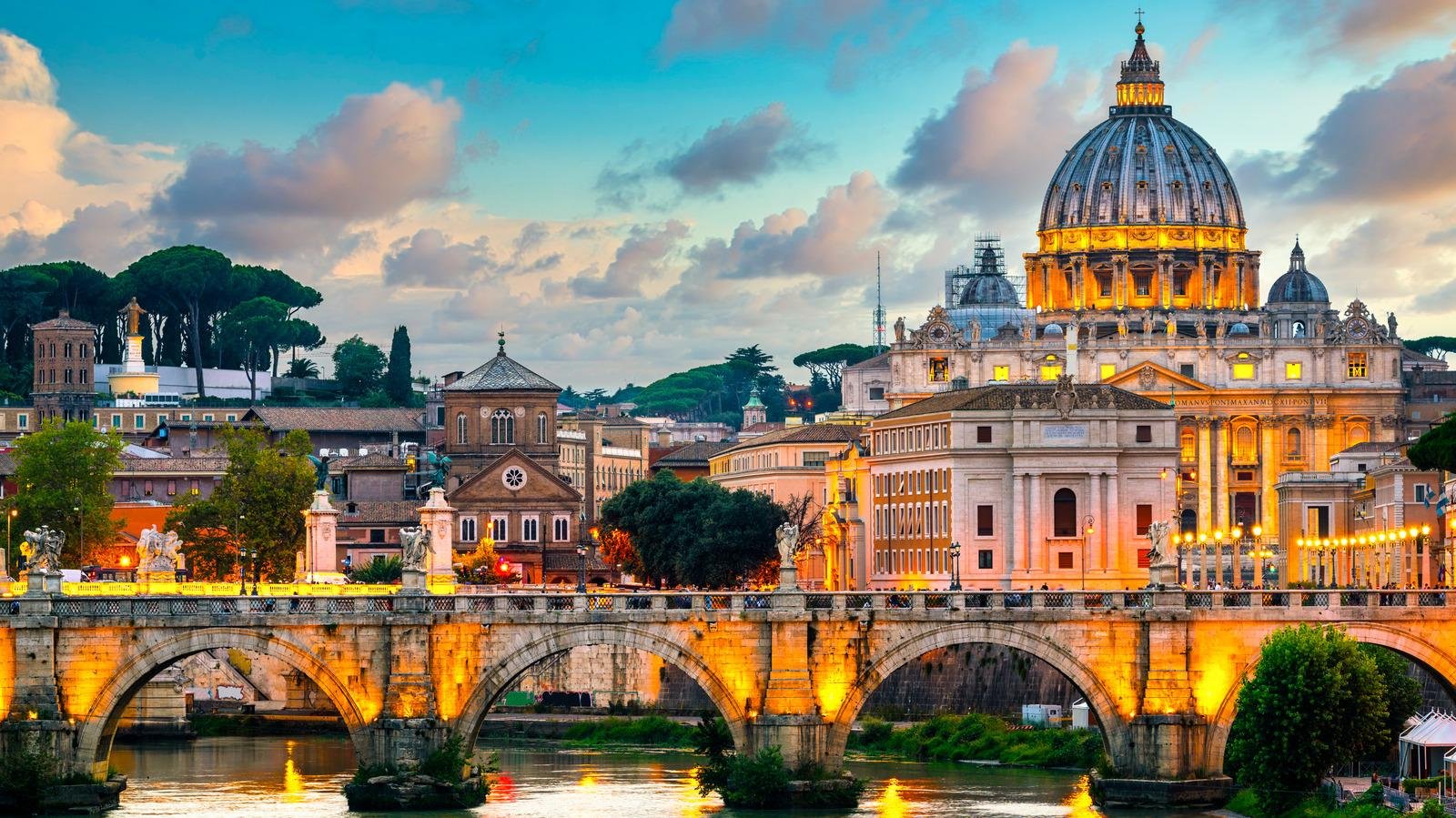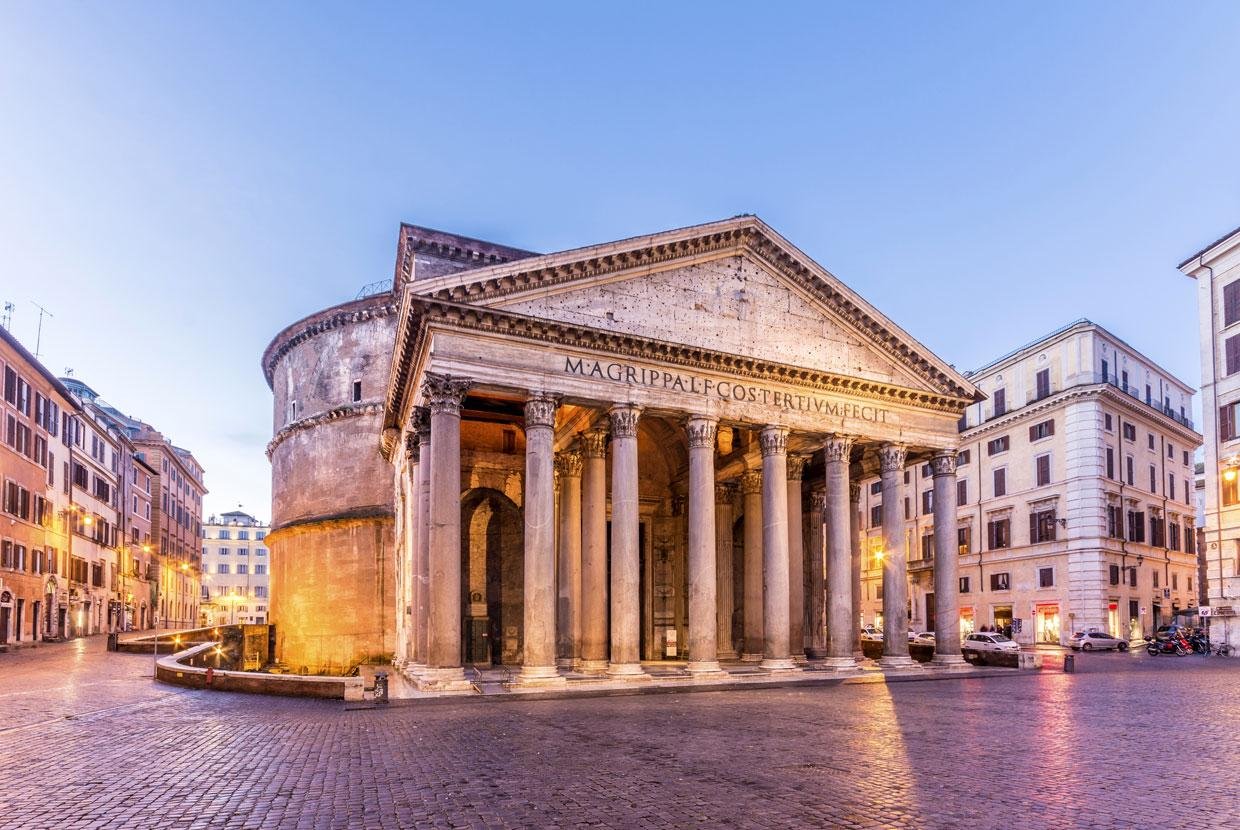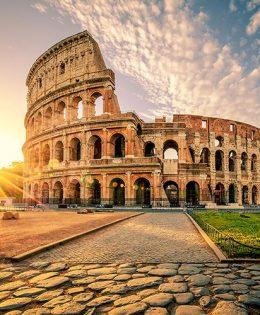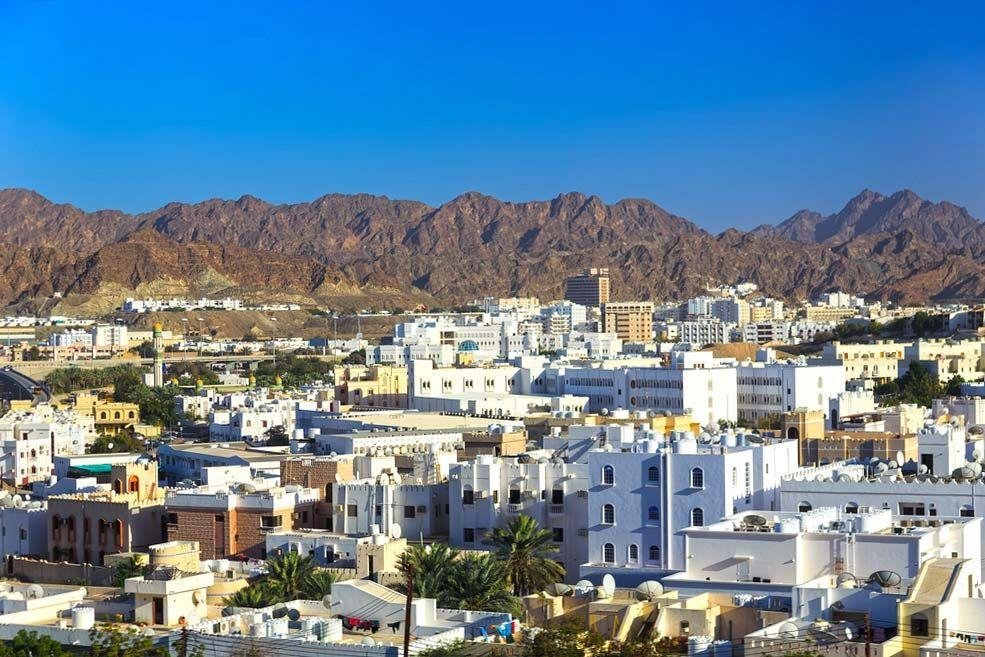Muscat, the capital city of Oman, is a captivating blend of traditional Arabian architecture and modern design, reflecti...
The Timeless Architecture of Rome: A Journey Through History
Rome, the Eternal City, boasts a rich architectural heritage that spans thousands of years, showcasing a fascinating blend of ancient grandeur, Renaissance brilliance, and modern innovation. From its iconic landmarks to its hidden gems, the architecture of Rome tells a compelling story of its historical, cultural, and artistic evolution.

At the heart of Rome lies the Colosseum, an architectural marvel of the ancient world. Built between 70 and 80 AD, this colossal amphitheater could hold up to 80,000 spectators and hosted gladiatorial contests and public spectacles. Its intricate design, featuring arches and vaults, exemplifies the advanced engineering skills of the Romans. The Colosseum remains a powerful symbol of Rome's imperial past, attracting millions of visitors each year.
Nearby, the Roman Forum serves as a testament to the city's political and social life during the Republic and Empire. Once the center of Roman public life, it is now a sprawling archaeological site filled with the ruins of temples, basilicas, and marketplaces. Structures like the Temple of Saturn and the Arch of Titus showcase the grandeur of Roman architecture, characterized by monumental columns and intricate reliefs.
Another iconic structure is the Pantheon, originally built as a temple to the gods and later converted into a Christian church. Completed around 126 AD, its massive dome remains the largest unreinforced concrete dome in the world. The oculus at its center allows natural light to illuminate the interior, creating a celestial atmosphere. The Pantheon's harmonious proportions and innovative design have inspired architects for centuries, making it a masterpiece of Roman engineering.

As the Renaissance blossomed in the 15th century, Rome became a hub of artistic and architectural innovation. The Basilica di San Pietro, designed by renowned architects such as Bramante, Michelangelo, and Bernini, is a prime example of this period. Its grand dome, inspired by the Pantheon, dominates the skyline and serves as a symbol of the Catholic Church's power. The interior, adorned with magnificent mosaics and sculptures, reflects the opulence of the Renaissance and the city’s spiritual significance.
The Trevi Fountain, completed in 1762, is another architectural highlight of Rome. Designed by Nicola Salvi, this Baroque masterpiece features intricate sculptures and cascading water, creating a mesmerizing spectacle. Legend has it that tossing a coin into the fountain ensures a return to Rome, drawing tourists from around the world to partake in this tradition.

Rome’s architectural landscape is also marked by its palaces and villas. The Palazzo Venezia, built in the 15th century, showcases a blend of Gothic and Renaissance styles. Its striking façade and grand interiors reflect the city’s historical significance as a center of power. Similarly, the Villa Borghese, a magnificent park and gallery, houses a stunning collection of art and offers visitors a glimpse into the opulence of Rome's aristocracy.
The modern architectural scene in Rome is equally vibrant. The MAXXI Museum, designed by Zaha Hadid, represents contemporary design and innovation. Its fluid forms and dynamic spaces challenge traditional architectural conventions, providing a stark contrast to the historical surroundings. The museum hosts exhibitions of contemporary art and architecture, fostering a dialogue between the past and the present.
Sustainability is also becoming a focus in Rome’s architectural practices. Projects like the Greenhouse at the University of Rome aim to integrate green spaces into urban environments, promoting ecological awareness while enhancing the city’s aesthetic appeal. These initiatives demonstrate a commitment to preserving Rome's beauty while addressing contemporary environmental challenges.

Beyond the famous landmarks, Rome is filled with charming neighborhoods that showcase local architecture. Trastevere, with its narrow cobblestone streets and medieval buildings, offers a glimpse into the city’s past. The Basilica di Santa Maria in Trastevere, one of the oldest churches in Rome, features stunning mosaics and a serene atmosphere, attracting both locals and visitors seeking respite from the bustling city.
The architecture of Rome is not just about monumental structures; it encompasses the city’s public spaces that foster community interaction. The Piazza Navona, once a Roman circus, is now a vibrant square lined with cafes and adorned with fountains. Its lively atmosphere reflects the spirit of Roman life, making it a gathering place for both residents and tourists.
The legacy of Roman architecture is also evident in its influence on other cities around the world. The principles of symmetry, proportion, and the use of columns have shaped architectural practices globally. From neoclassical buildings in Washington, D.C., to the grand boulevards of Paris, the impact of Roman design continues to resonate today.
In conclusion, the architecture of Rome is a captivating journey through time, reflecting the city’s rich history and cultural diversity. From the ancient ruins of the Colosseum to the modern innovations of the MAXXI Museum, each structure tells a story of resilience, creativity, and the enduring spirit of the Eternal City.
Share:




